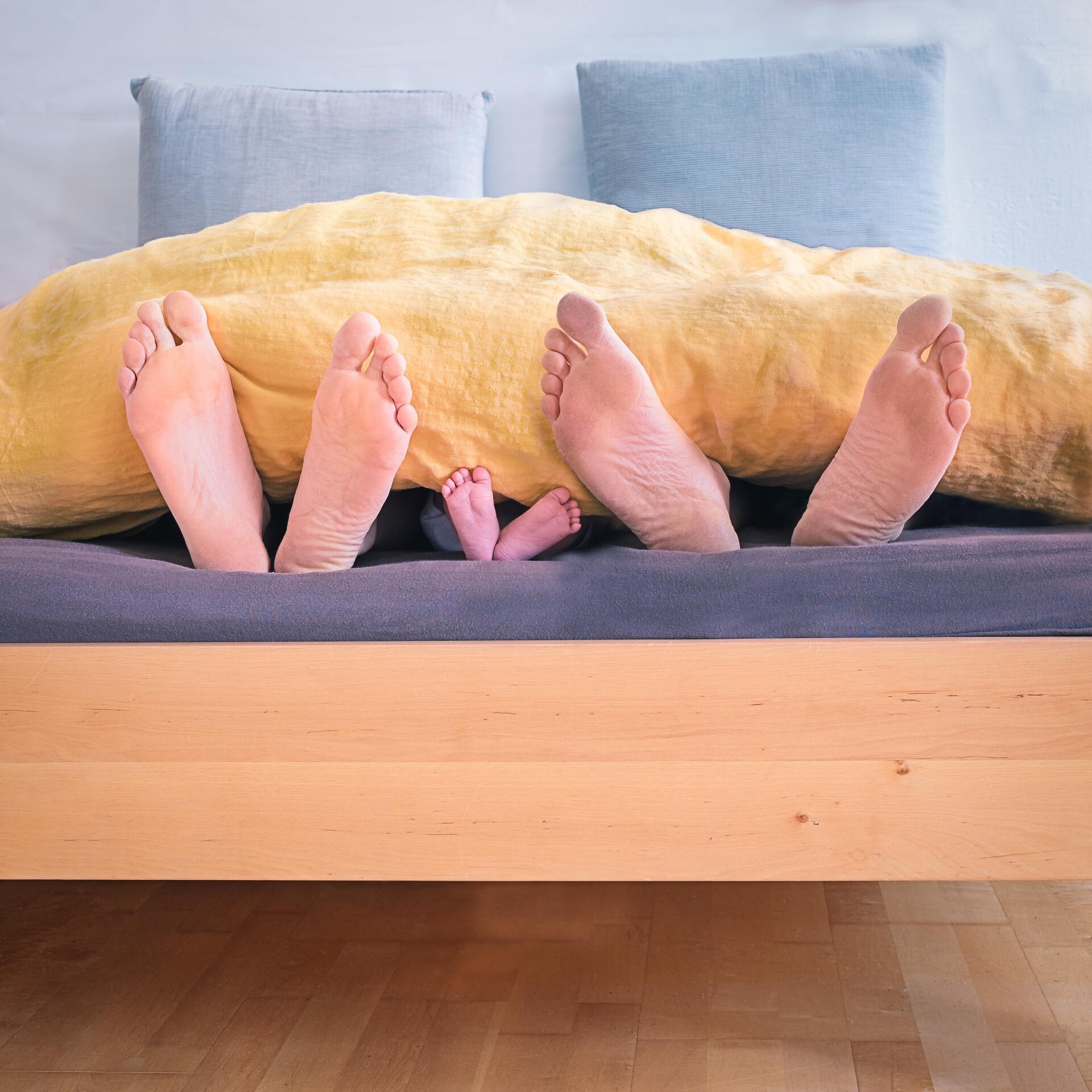How a new Mattress effects your body.
Your new mattress needs time to adjust.

According to statistics, Americans typically replace their mattresses every seven to ten years. If you've ever slept on a mattress for that long, it probably isn't a secret to you that mattresses tend to wear out with time, usually just from regular wear and tear from using your bed frequently. Most people who discover they need to replace their mattress do so because it is making them uncomfortable or in pain. This ultimately results from the materials inside the mattress breaking down. For a variety of reasons, getting used to a new mattress may take some time.
Finding the ideal replacement mattress for some people may be challenging because their old one had time to mold to the contour of their body, making it feel more comfortable, at least before it started to degrade. Many people might be unaware that a new mattress still needs some time to break in.
Contrary to what some mattress and bedding retailers advertise, newly purchased mattresses might be uncomfortable for a few weeks until the new materials have had a chance to acclimate and soften. Many companies will not disclose this to you.
Therefore, if you recently purchased a mattress and are feeling any discomfort, do not worry; it probably simply needs some time to adjust and adhere to your body. Consider your new mattress to be like a new pair of shoes; both of you need time to break them in and find the right level of comfort.
Most experts concur that 30 days should be sufficient time for the materials to become broken in, while the amount of time required to adjust varies depending on the materials used in the mattress. There are certain tricks you can do to shorten the time it takes for your mattress to feel the most comfortable, even though this may seem like a long period of time.
First off, allowing the mattress to breathe will allow oxygen to permeate the new materials, making them more flexible. It may be tempting to rush into bed as soon as you buy your new mattress, but doing so will make it less comfortable. It will air out more quickly if a window is opened or a fan is turned on.
Turn Up the Heat—Although, of course, that is always an option. No, we don't mean between the sheets. The layers of the mattresses can be made more comfortable during the adjustment period by raising the thermostat by one or two degrees right before bed. This is especially helpful for mattresses made of memory foam.
Use a Supportive Foundation – It is crucial to remember that your new mattress needs to be supported by the right kind of foundation. Lack of the necessary support can hasten wear and tear, cause incorrect adjustment, and increase discomfort. To determine which kind of support is ideal for your particular mattress type, be sure to check the manufacturer's recommendations or chat with a mattress salesperson.
If 30 days just sounds like way too much time, you could always try adding a little light pressure on your mattress when you aren't using it. To aid in breaking in the materials, try placing boxes or small pieces of furniture on top.
Use Your Body: Latex or memory foam bed experts advise you to move around on top of the mattress to help the material become more flexible and adjust to your body. They advise crawling on top of spring-loaded beds so as not to harm the springs. You may even roll around but obviously do not jump on it!
Spend the Time—Working hard will shorten the adjustment period. This can include sleeping on it every single night, even if it doesn't first feel cozy. Try spending that time in bed if you often pass a few hours at night reading, watching TV, or working. The more you'll lay on it, The quicker it breaks in,.
Give It Time – Even though it can seem like your mattress will never feel more comfortable, allowing it enough time to adjust will guarantee that it has had enough chance to soften. Although 30 days is the typical recommendation, the length of time may vary based on the sort of mattress that was bought. Innerspring types, for instance, are renowned for adjusting more quickly although they can potentially take up to 4 weeks.
Some high density memory foam mattresses have been known to take up to 60 days to break in. For memory foam, the denser the substance, the longer it typically takes to adjust. It is crucial to check with the manufacturer because they frequently specify a minimum period of time for a given mattress.
We would be happy to answer any questions you may have if you were looking to purchase a new mattress. We want you to have the best possible sleep.







